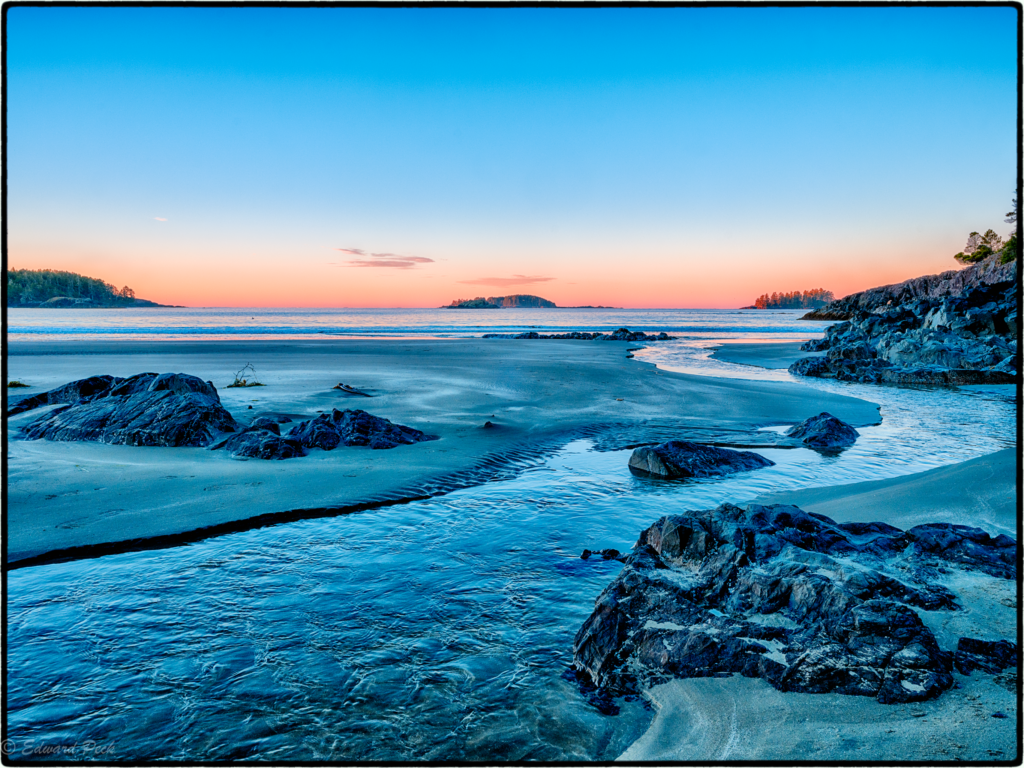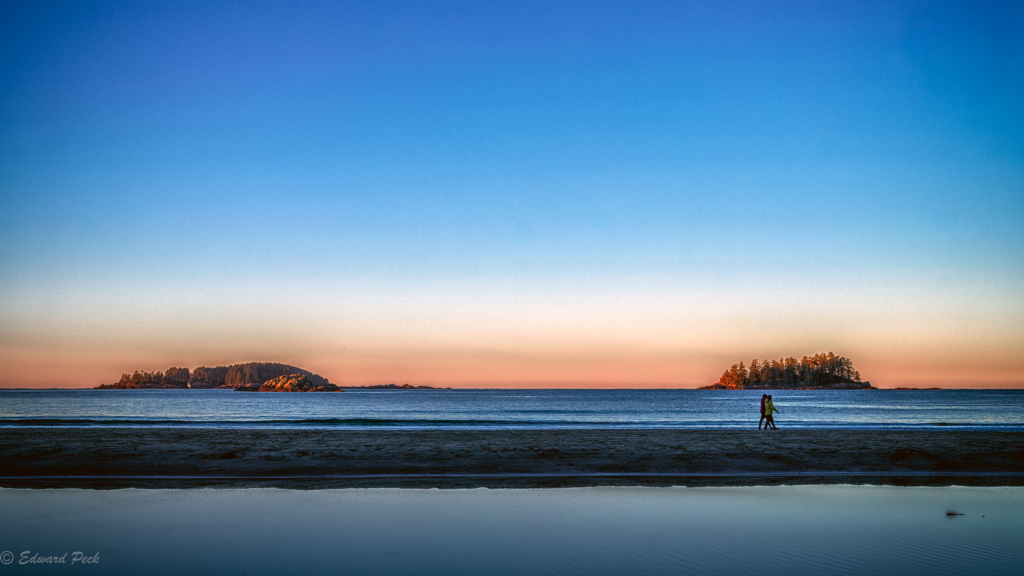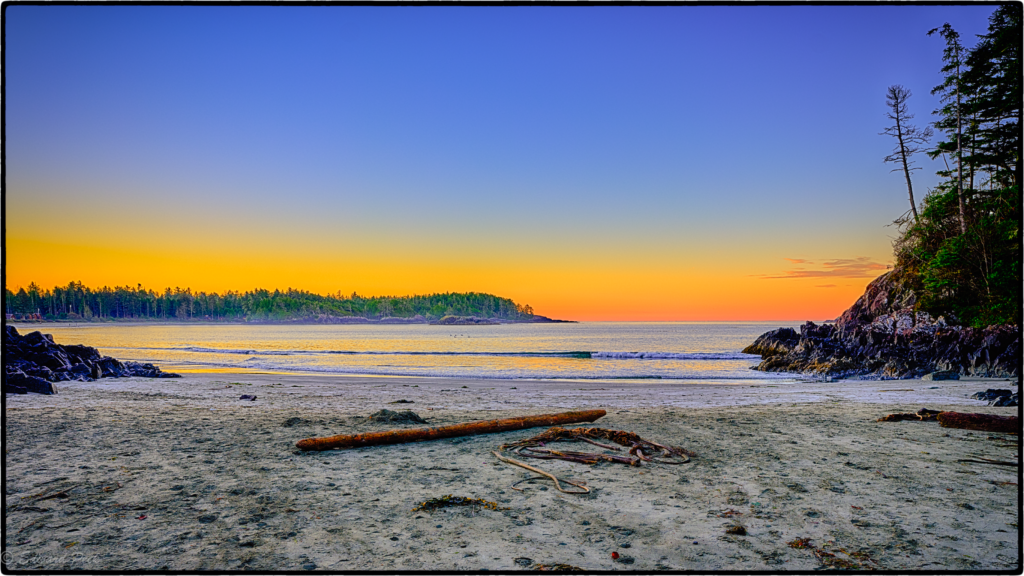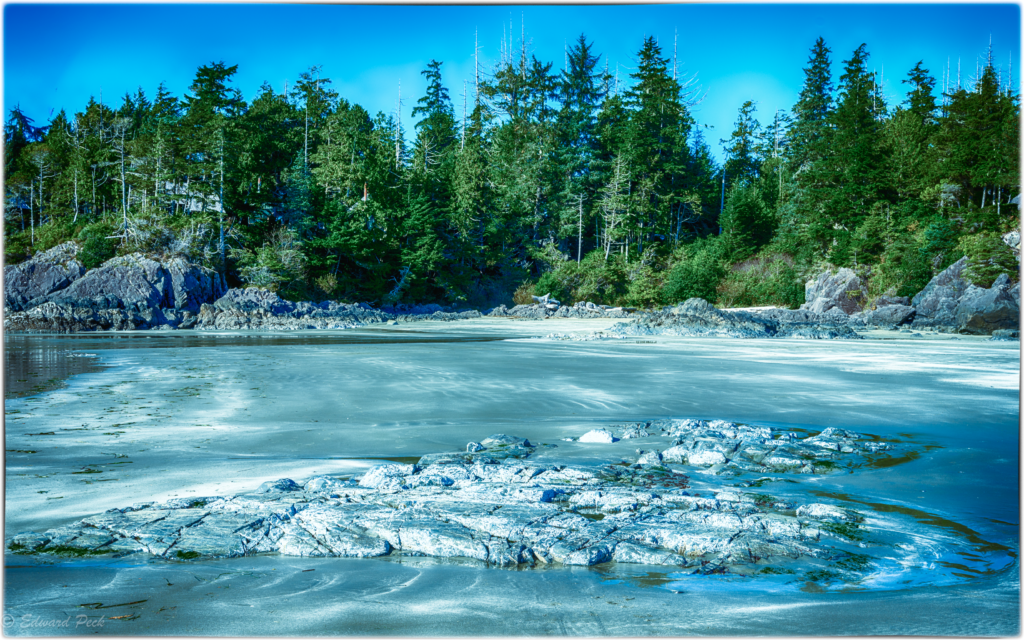
Emerging from the Mist



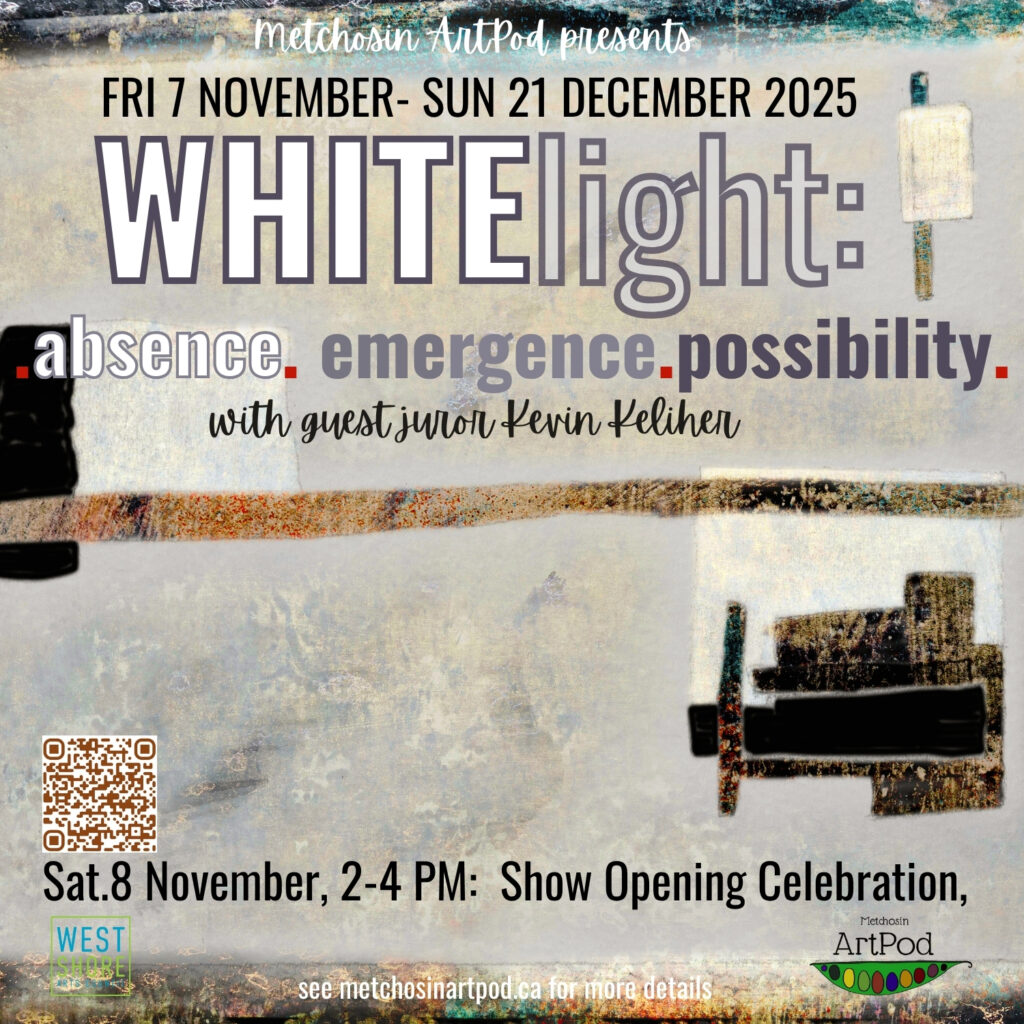

What does it mean for photography to be “real”? Has it ever truly been real? The moment a photographer frames a scene, they make a choice—deciding what to include and what to leave out. That act alone is an edit of reality. Even the materials and tools used—whether a particular film stock or a JPEG algorithm—reflect personal decisions made by chemists or software engineers about how they believe the world should look. Every photograph, whether analog, digital, or experimental, is ultimately a reflection of how the photographer sees and interprets the world. As Tomasz Trzebiatowski notes, the photographer shapes how the moment speaks to them personally. The resulting image is their interpretation of experience—and that, in its own way, is real.

Affinity has been a great subscription-free alternative for designers and book makers who struggle to afford Adobe’s expensive subscription service. Having been acquired by Canva, it is now not only advertised as “free forever,” but it has also undergone significant enhancements. You can see the upgrades and a discussion of their relationship with Canva in the video below. One interesting note is that the three programs are now combined into one application. Inside the application, there are three options labelled Vector, Raster, and Layout.
So whenever something that costs a considerable amount of money to produce, one has to ask how is this sustainable? A lot of scenarios come to mind:
However, Canva is not Google; they are in direct competition with Adobe, but have a much more accessible platform, making it cheaper for corporations to produce materials with less skilled workers. What they lacked was the more professional software that Affinity provides. Currently, Adobe holds a market share of between 69% and 70%, compared to Canva’s 10%. I am guessing Affinity might be around 10-12% of the market. So by purchasing Affinity, Canva has increased its market share.
In addition to increasing their market share, they are now creating a system that may allow for the initial work to be done in a simplified manner and then refined in Affinity, much like how Lightroom simplified many Photoshop tools, enabling us to complete most of our work in Lightroom before refining it in Photoshop. As Canva offers a wide range of prepackaged designs, this may allow less skilled workers to initiate projects in Canva and then complete them in Affinity with the assistance of experts, thereby reducing costs for both large and small companies.
Canva has also acquired Flourish, Serif, SmartMockups, Pexels, Pixabay, and SlidesCarnaval, thereby expanding its systems. They have implied that purchasing Canva will provide you with more capabilities in Affinity. Does this mean throttling features in Affinity? So far, all that they have said is that the AI capacity resident in Canva only flows to Affinity with a Canva subscription. So, at face value, all the new Affinity upgrades will not lose features.
Their strategy might be to keep the product free and see if it draws people away from Adobe into the Canva world, growing their market share. This would mean keeping Canva free would be in their best interest. If so, it may have a long life; if not, they may sell it or integrate it into Canva.
